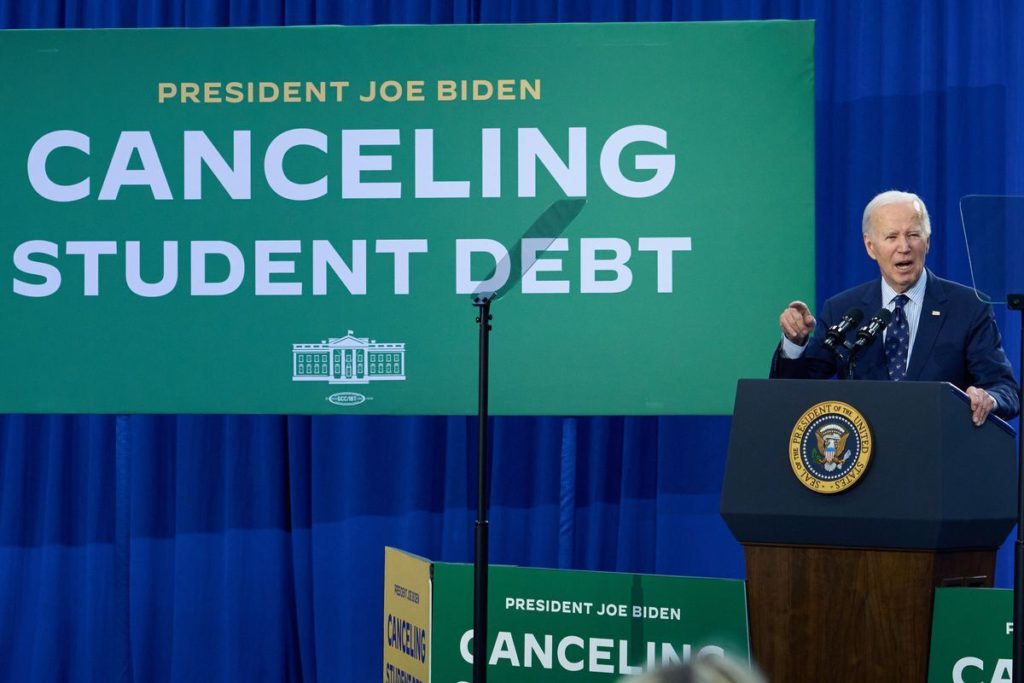
One of the biggest promises President Biden has been making both throughout his presidency, and long before it, has been the relief of student debt for those struggling to pay. Biden’s previous effort to cut student debt was rejected by the Supreme Court as an overreach in power, leading to the development of a new plan. With the new plan, the Biden administration hopes to enact by this fall, nearly 30 million borrowers will see their debts either reduced or completely forgiven.
The proposal is still being finalized and has to gain the approval of the Supreme Court in order to be put into action. Those who will benefit from this plan wait patiently for news of its progress as we get ready to vote in this year’s presidential election. Information on the plan and whom it aims to help comes from Erica Green of the New York Times and the correspondents of National Broadcasting Company (NBC) News.
The plan that President Biden is hoping to move into action is meant to relieve the burden of student loans on those struggling to pay. As reported by Green, “The plan would reduce payments for 25 million borrowers and erase all debt for more than four million Americans. Altogether, 10 million borrowers would see debt relief of $5,000 or more, officials said.” According to NBC, the demographics expected to benefit the most from this plan include “those in public service who’ve been paying off their loans for 10 years or more; borrowers of undergraduate or graduate loans who started paying off loans at least 20 or 25 years ago, respectively; borrowers enrolled in low financial value programs; and those experiencing hardships that prevent them from making loan payments.” Also included are borrowers whose balances were affected by high interest, borrowers who have not applied for other loan forgiveness programs, and borrowers who, “enrolled in programs or colleges that lost federal funding because they cheated or defrauded students,” writes Green.
Biden’s previous plan, proposed last year, tried to “grant $400 billion in debt relief for [43] million borrowers by using the Higher Education Relief Opportunities for Students Act of 2003, or HEROES Act,” according to Green. This act allows the secretary of education to modify existing student financial assistance programs to benefit people in special cases, like those serving in the military during times of war and those who fell into hardships as a direct result of war, military operations, or national emergencies. The administration argued to the Supreme Court that the COVID-19 pandemic was a national emergency that affected millions of citizens, and thus, this plan fell under the guidelines of the act. However, the Supreme Court ruled against this act, stating that it overstepped the authority of the president. Whereas the previous plan aimed for broad loan forgiveness, this new plan narrows down to specific demographics who will see the most benefit. The hope is that this change will allow the plan to move forward.
NBC News reported on a public hearing by President Biden in Wisconsin, in which he declared that the mitigation of student loan debt is something he is passionate about accomplishing. He underscored the impact that this program will have on the economy, helping it to get stronger over time. “By freeing millions of Americans from this crushing debt […] it means they can finally get on with their lives, instead of their lives being put on hold,” Biden said. This new plan more closely adheres to the Higher Education Act of 1965, which provides the guidelines for the HEROES Act and all other programs of debt relief created in the past. As reported by Green, the plan still needs to be published in the Federal Register, after which the public will have a chance to view and comment on it for a period of time before it is presented to the Supreme Court to face further judgment. Officials say they hope to have some policies enacted in early fall, and the administration remains hopeful, as this plan’s success or failure will be a major concern for those voting in the presidential election this November.